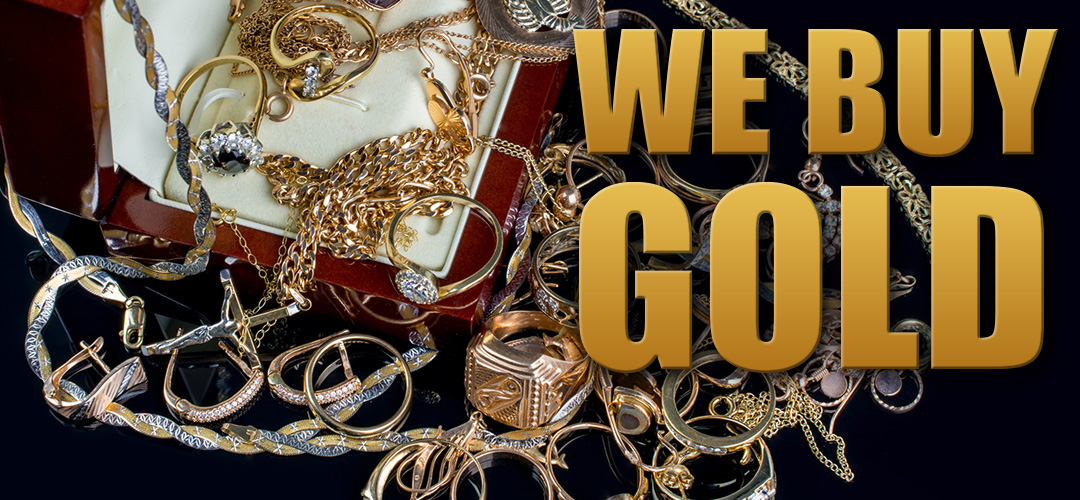Ensuring Precious Metal Standards Through Effective Validation Practices
Ensuring Precious Metal Standards Through Effective Validation Practices
Blog Article
Au is one of the most sought-after precious elements in the world. Its worth is not only based on its aesthetic appeal but also on its scarcity and the various applications it has in varied industries. However, guaranteeing the quality of gold is essential for buyers and vendors alike. This is where effective certification methods come into play. Certification aids to verify the fineness and authenticity of gold, providing both consumers and stakeholders confidence in their purchases.
The procedure of certifying gold involves multiple steps. Initially, the gold must be examined for its purity, which is usually gauged in karats. Pure gold is 24 carats, but gold is often alloyed with additional metals to improve its durability and look. Testing can be conducted through different methods, such as chemical tests or X-ray fluorescence, which offer precise readings of the gold content. Once the testing is finished, a certification body can provide a report that validates the gold's standard, ensuring that purchasers know exactly what they are getting.
Certification not only protects consumers but also helps maintain the integrity of the gold market. Trusted certification organizations establish strict standards that gold must satisfy before it can be validated. These standards include ethical sourcing, meaning that the gold should be acquired in a way that does not damage the environment or unfairly use workers. By complying to these standards, certified gold promotes responsible mining methods and supports sustainability in the Continue Reading industry.
Another important aspect of gold certification is tracking. Many buyers today are curious in knowing where their gold comes from and how it was produced. Certification practices often include a tracking system that tracks the gold from mine to consumer. This transparency is essential in establishing trust between buyers and sellers. When buyers know the origin of their gold, they can make educated choices, and this can lead to increased demand for responsibly sourced products.
In summary, efficient certification practices play gold certification for jewelry a critical role in ensuring gold quality. They provide confidence to buyers about the fineness and authenticity of their acquisitions, while also encouraging ethical and eco-friendly practices within the gold industry. As the interest for gold continues to grow, maintaining high standards through certification will be crucial for fostering trust and integrity in the industry. By supporting certified gold, consumers can aid to a more ethical and clear sector.